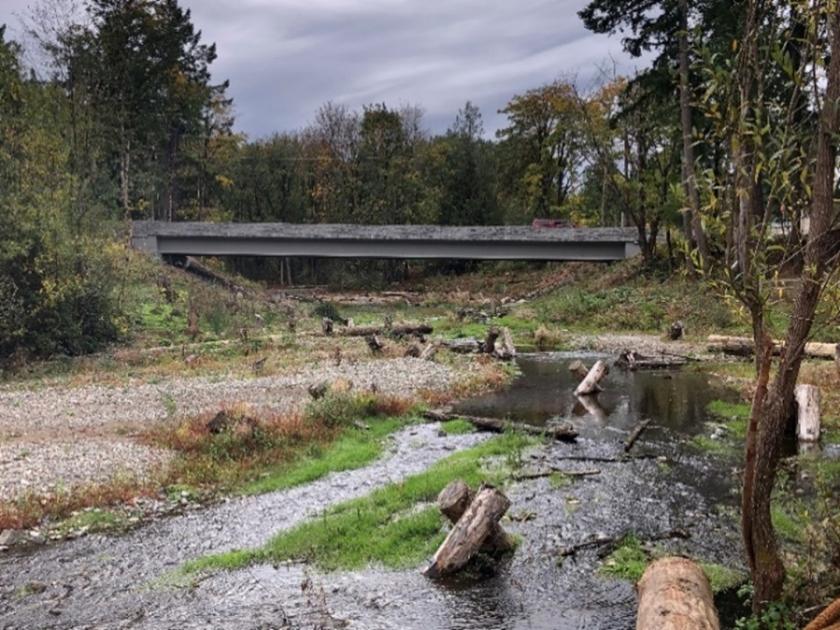The Washington Department of Fish and Wildlife is asking for public feedback to inform the development of proposed fish passage and screening rules intended to support salmon and orca recovery.
The public is invited to a virtual public meeting, scheduled from 2 to 3:30 p.m., Tuesday, Oct. 25, to learn more and provide input.
“The ability of salmon and steelhead to migrate to and from their traditional spawning grounds is vital to their recovery in Washington,” say the draft rules.
“Additionally, other fish species and the freshwater life stages of juvenile salmon move between different areas of the stream to find suitable habitat. Barriers such as deteriorating or outdated fishways and diversion dams block fish from swimming upstream and moving within the stream, undermining recovery efforts. Two actions crucial to fish recovery are correcting human-made fishway barriers and properly screening surface water diversions to enable safe upstream and downstream passage for all fish at all life stages.”
The rule making effort is rooted in recommendations from Gov. Jay Inslee’s Southern Resident Orca Task Force. In 2018, the task force published its report identifying lack of prey as a key threat to endangered Southern Resident killer whales’ survival. Recommendation three of the report endorsed agencies to apply and enforce laws that protect salmon habitat.
The task force specifically noted that WDFW should develop rules to fully implement the fishways, flow, and screening statutes.
WDFW shared a draft of the rules with the public in early 2021. Following an initial public review, WDFW has now drafted an updated version of rules for comment.
“This rule making process will help us further ensure that fish have access to the habitats they need, which is good news for both salmon and endangered orcas,” said Margen Carlson, WDFW habitat program director. “Now that we have an updated draft of the rules, it’s a great time to pause and check in with the broader public to make sure we haven’t missed anything.”
The draft rules say:
“Water crossing structures are built to facilitate the movement of people, animals, or materials across or over rivers and other water bodies. These structures include bridges, culverts, fords, and conduits. Generally, people use bridges to cross over larger streams and rivers, or over unstable channels; they use culverts to cross over smaller streams and they use fords when other stream crossing options would result in a greater impact to fish life and fish habitat.
“Growing evidence shows that climate change is impacting our region’s aquatic systems. The Pacific Northwest hydrology is changing, including reductions in glaciers and snowpack size and earlier peak stream flow in many rivers. Most fresh water fish species can only survive in certain water temperature ranges or stream flow conditions. Climate change can threaten aquatic ecosystems by altering these conditions including increasing stream temperature, altering stream flow due to drought or increased storms and worsening other stressors. These trends are expected to continue, along with increasing flood size and decreasing summer low flows.
“Typically, the size of water crossing structures like culverts and bridges is based on bankfull width. As the size of floods increases, water crossing sizes must also increase. Culverts are generally designed to last 50 to 100 years under current stream conditions. Designing culverts to be resilient to future changes in stream conditions will reduce the risk of structural failure and the creation of fishway barriers.
“Water crossing structures in fish-bearing streams must allow fish to move freely through them at all flows when fish are expected to move. All water crossing structures must retain upstream and downstream connection to maintain expected channel processes. These processes include the movement and distribution of wood and sediment and shifting channel patterns. Fishways that are not designed to accommodate future flows can block or alter these processes, although some encroachment of the flood plain and channel migration zone will be approved when it can be shown that such encroachment has minimal impacts to fish life and habitat that supports fish life.”

